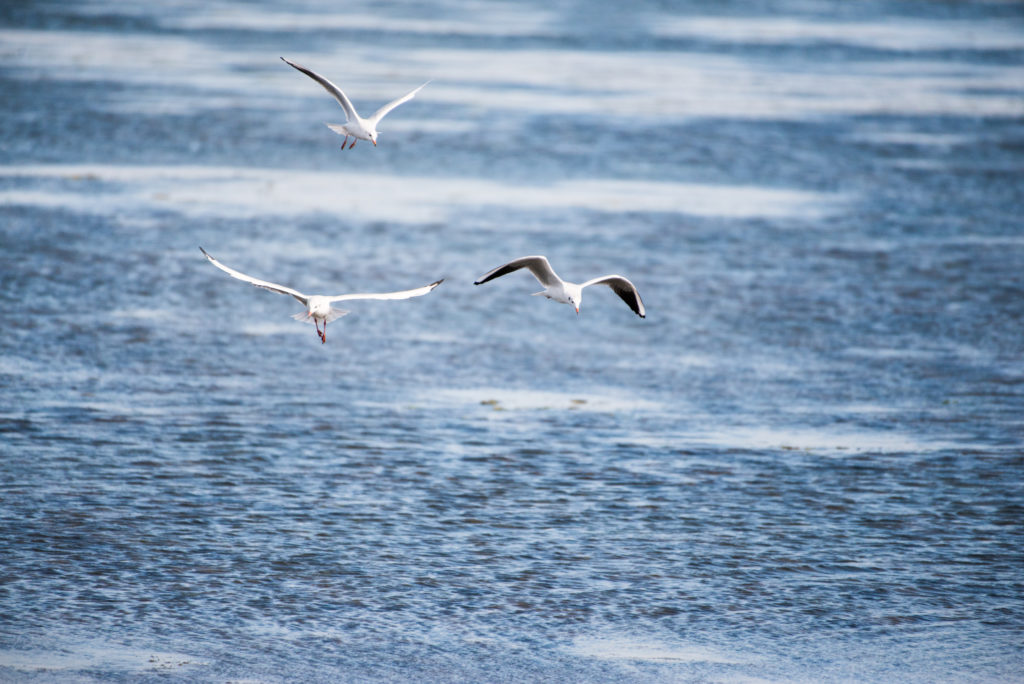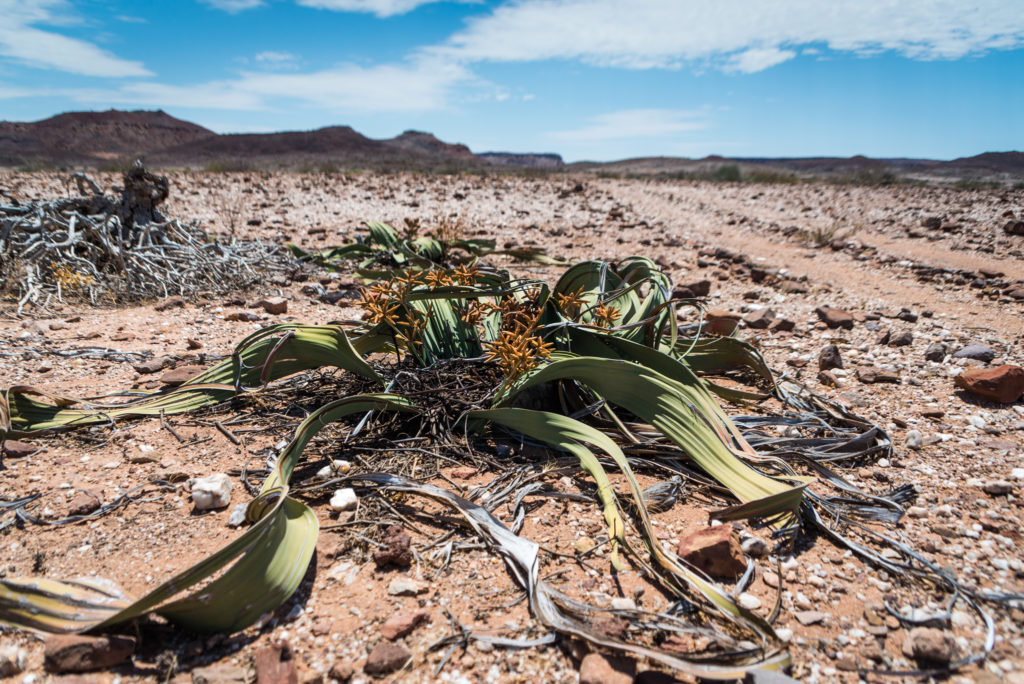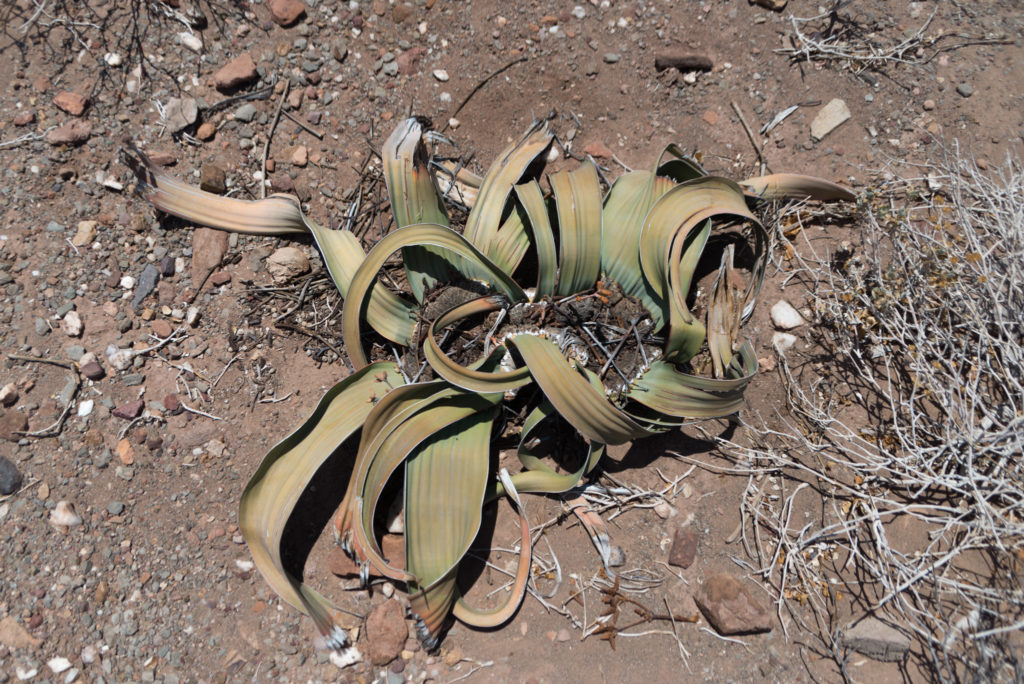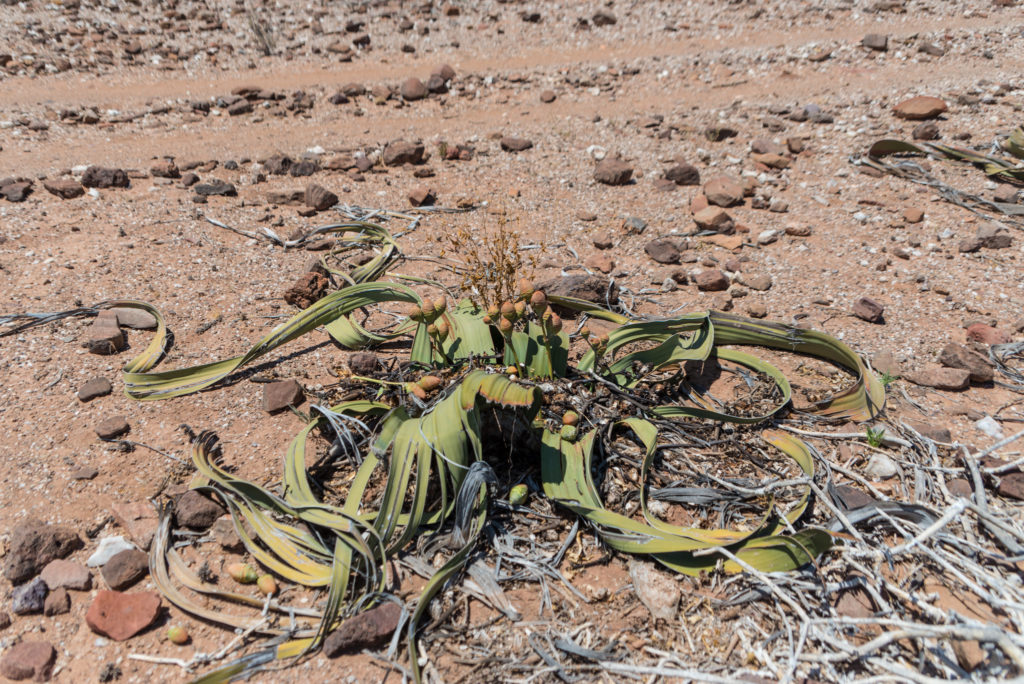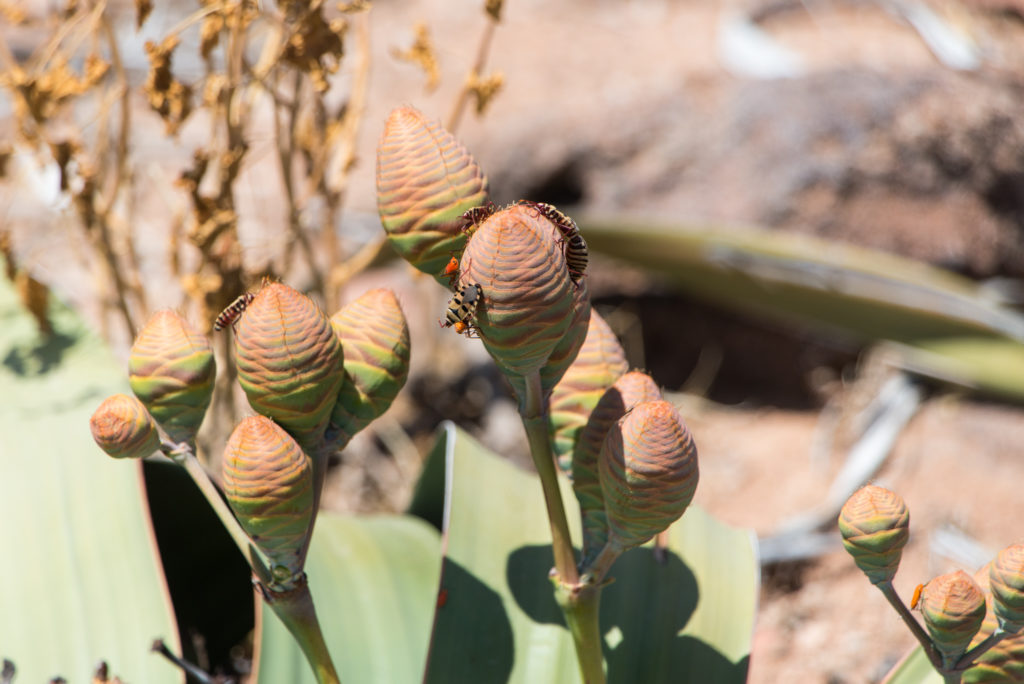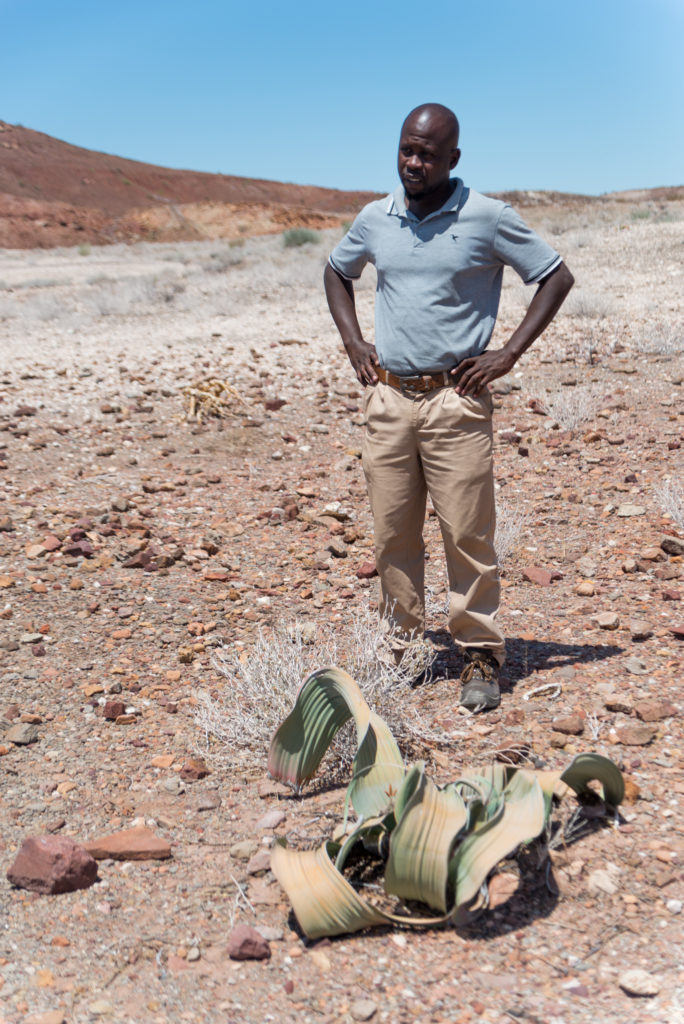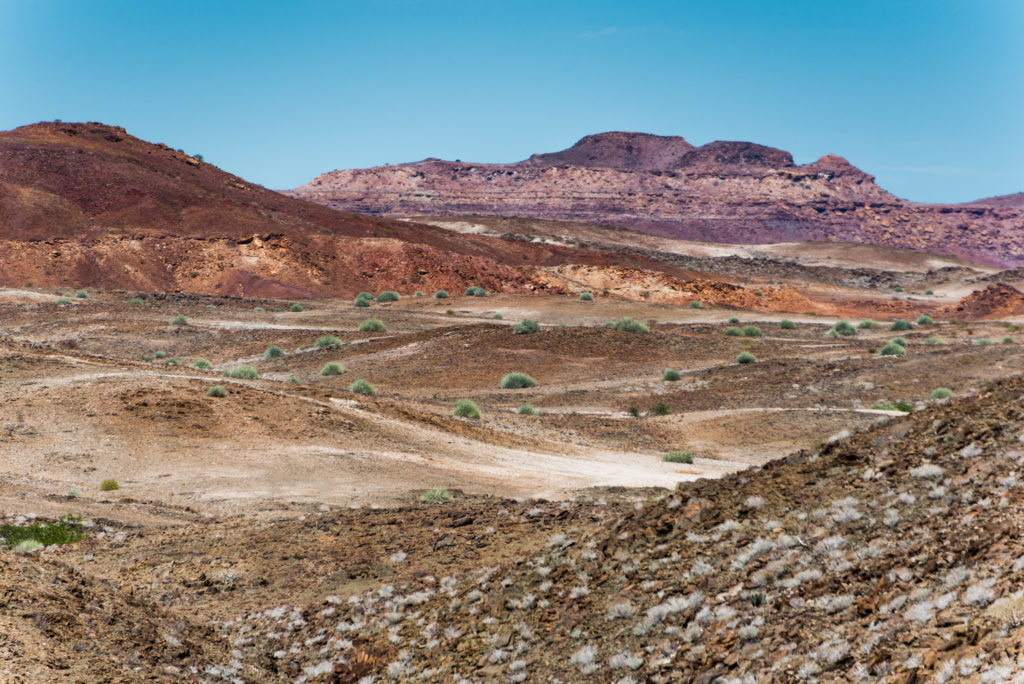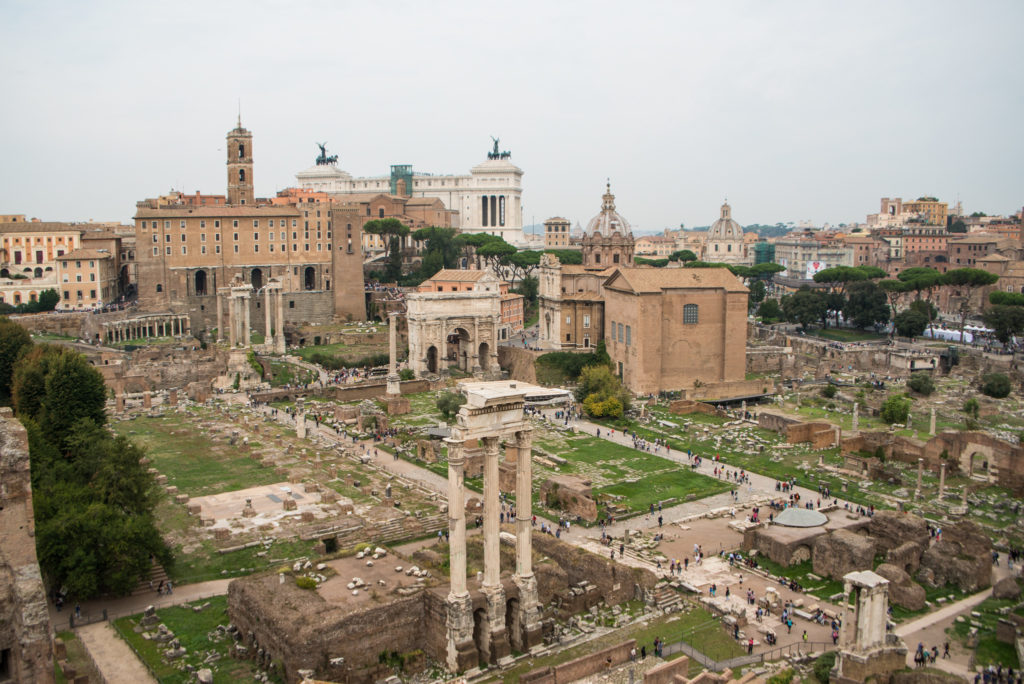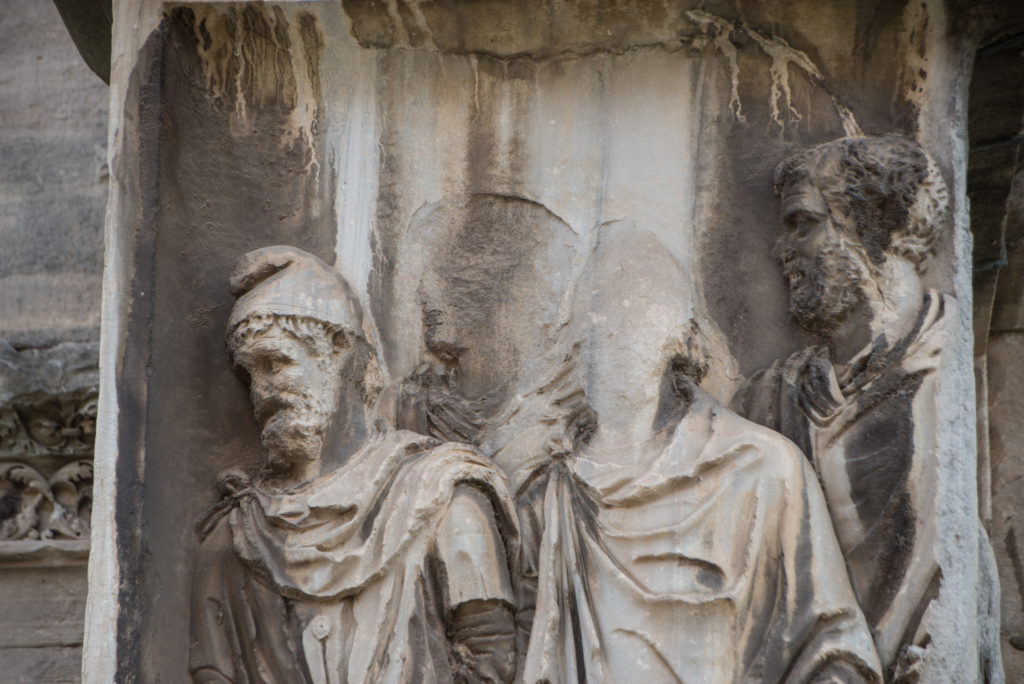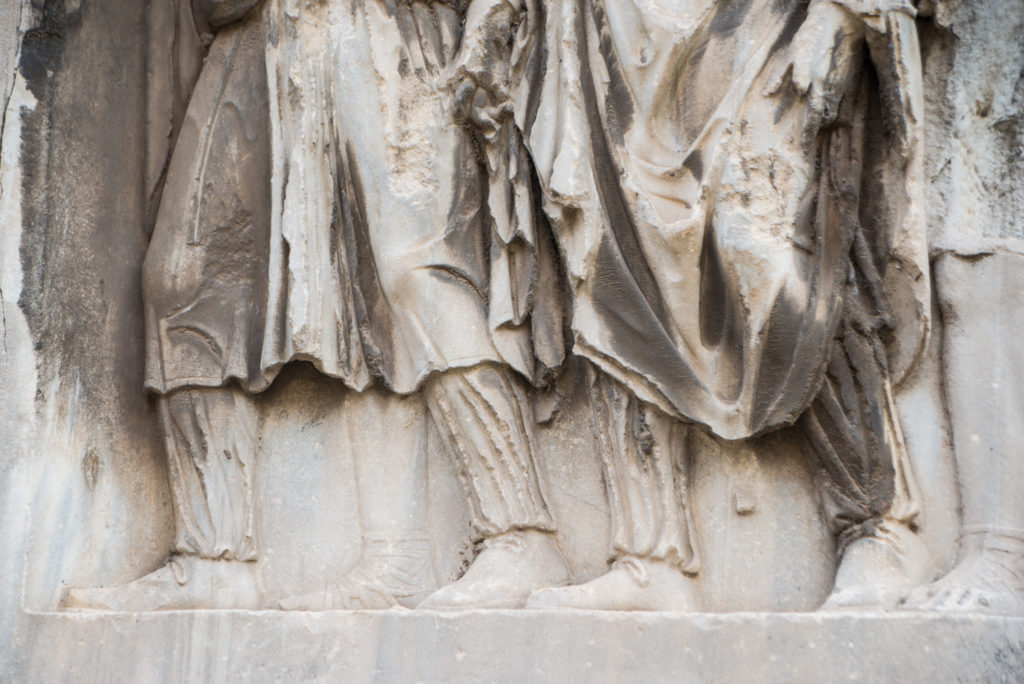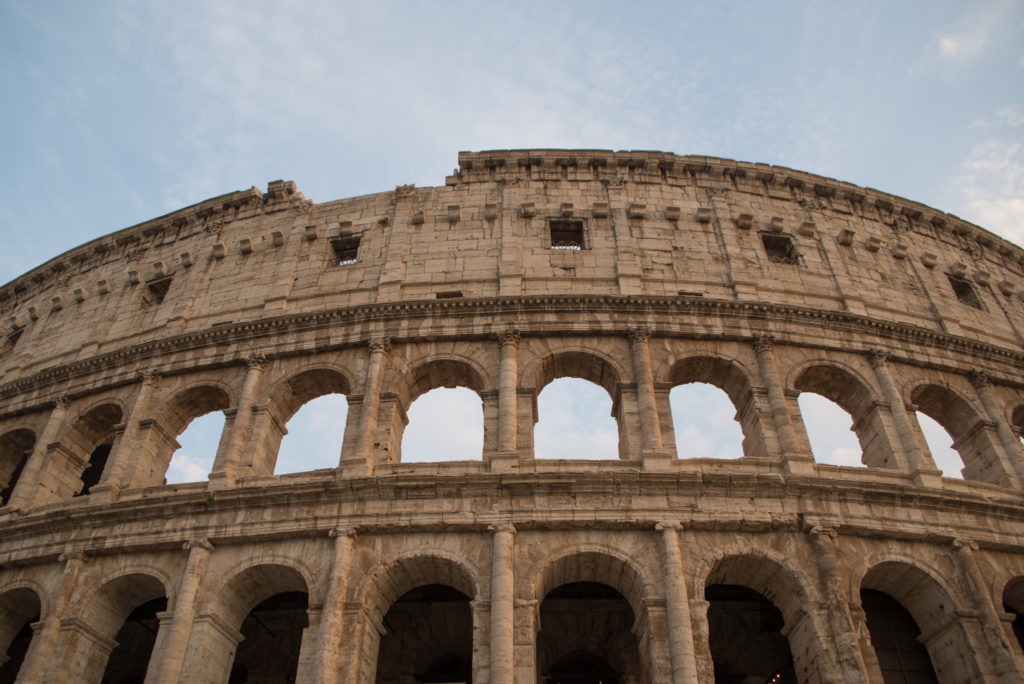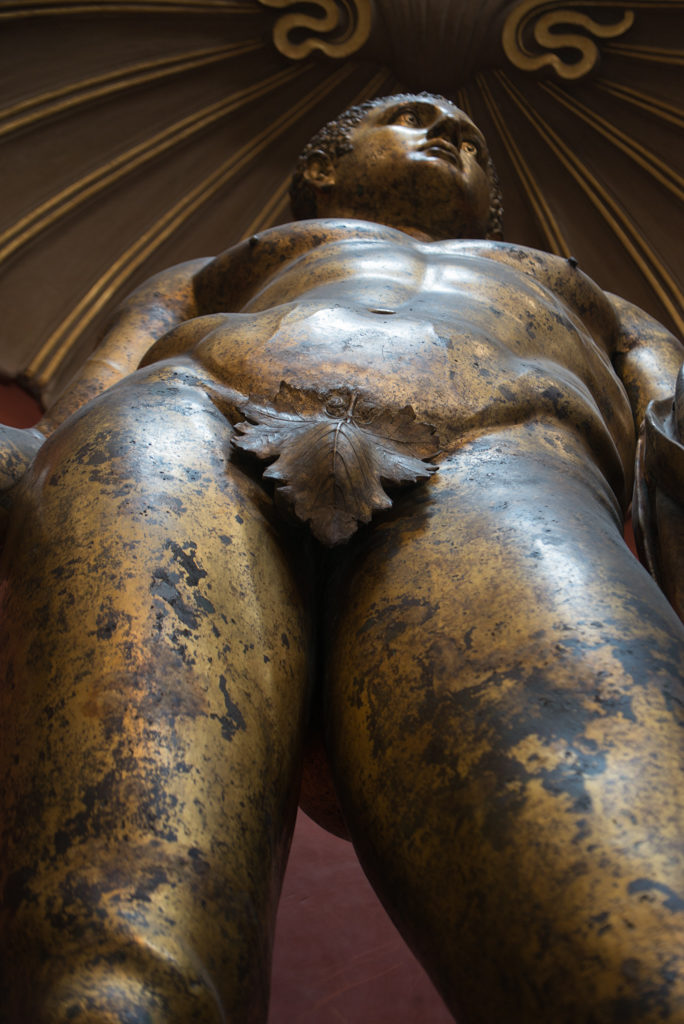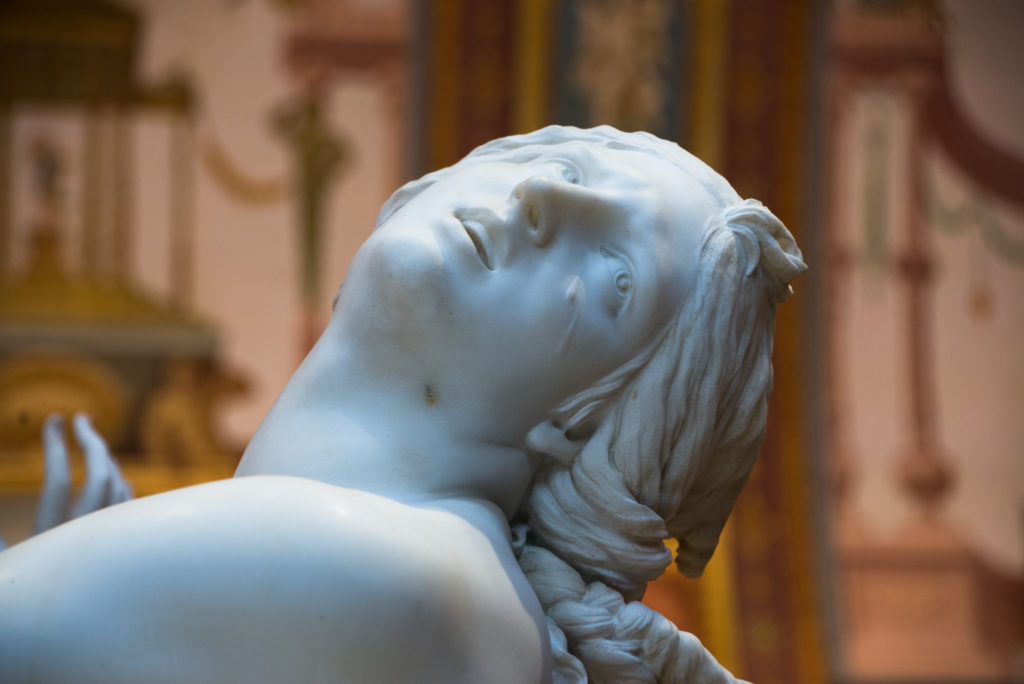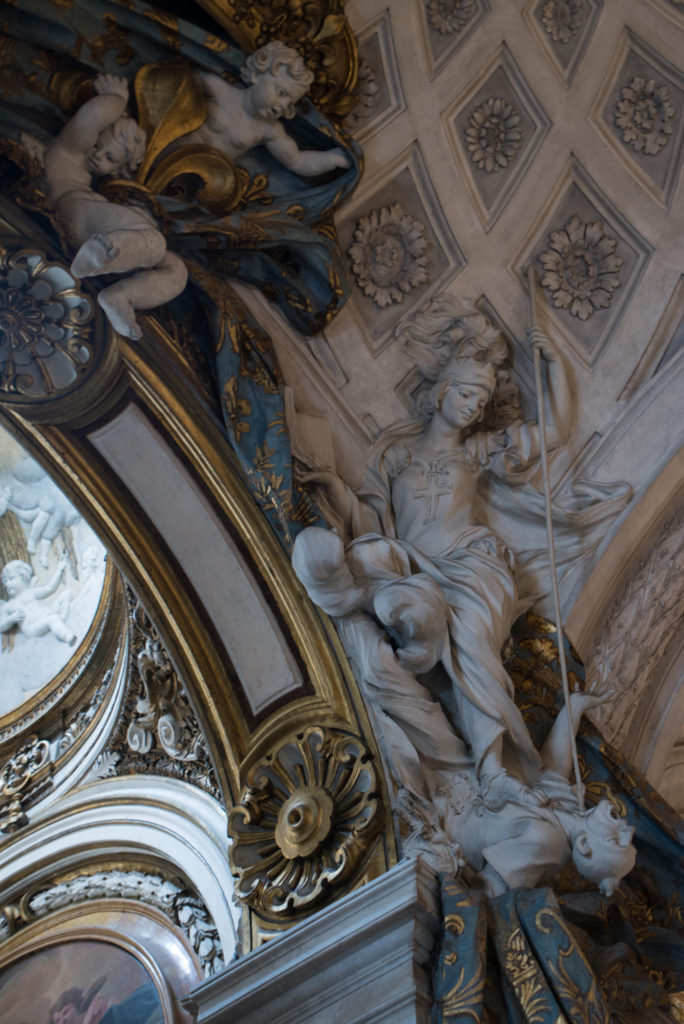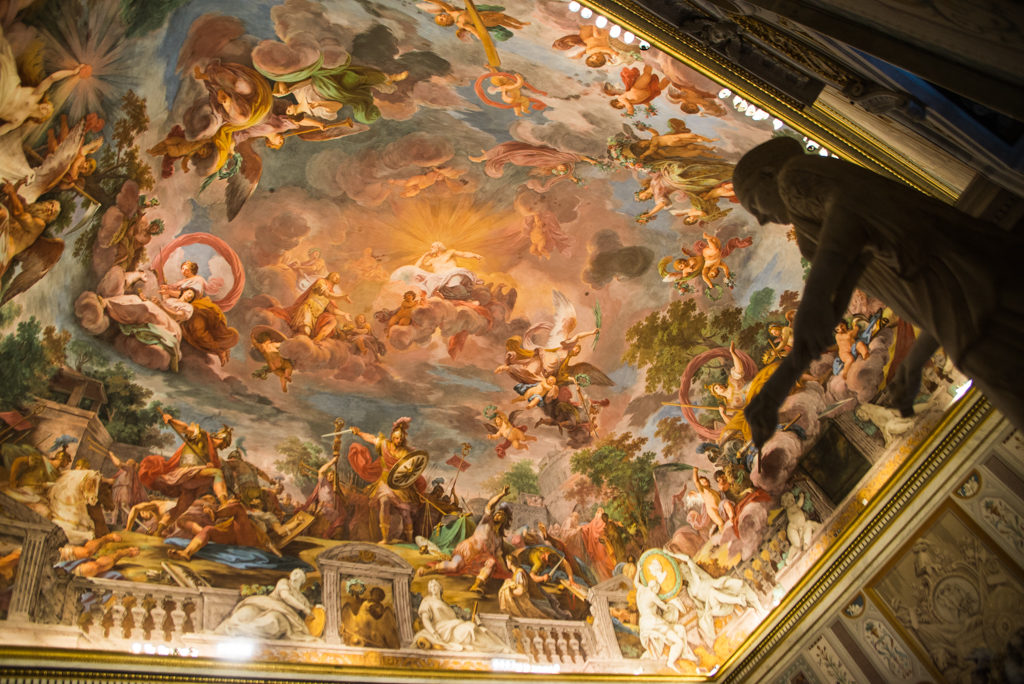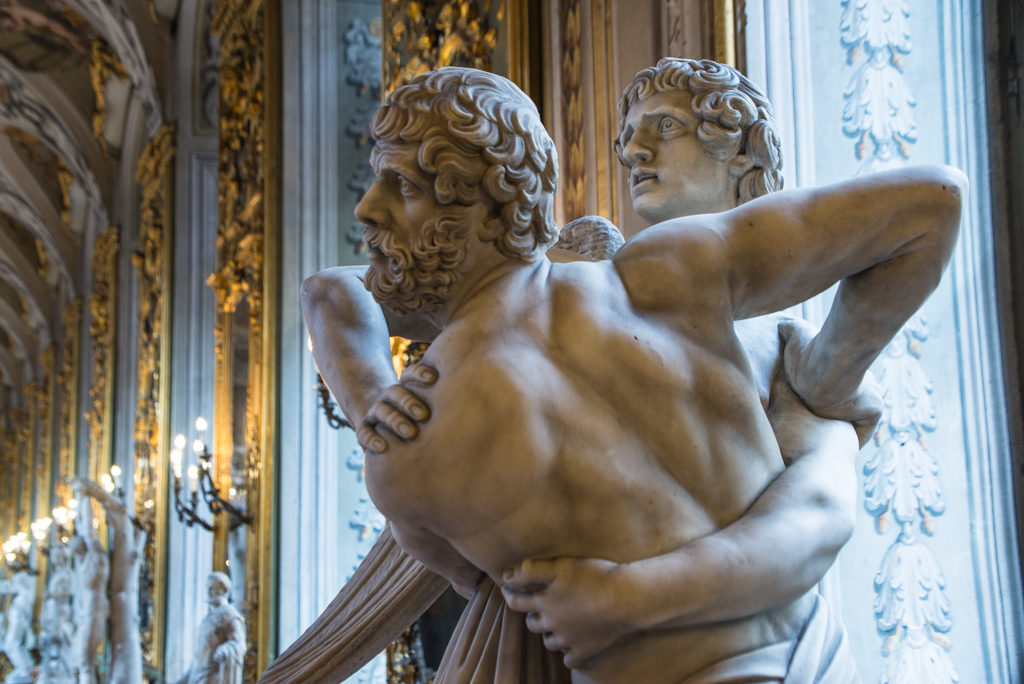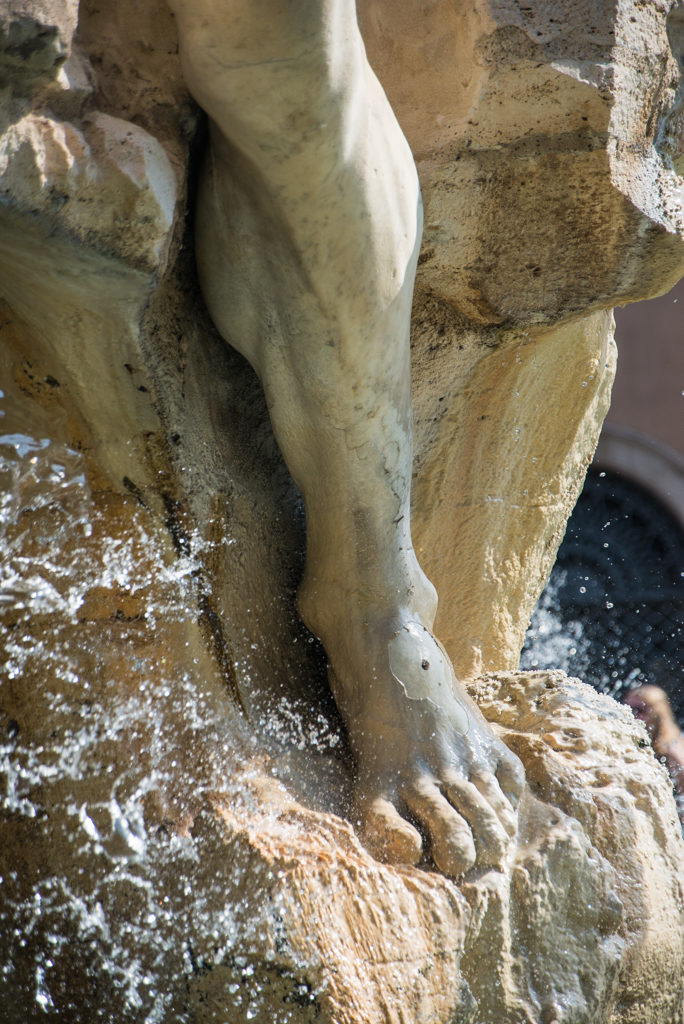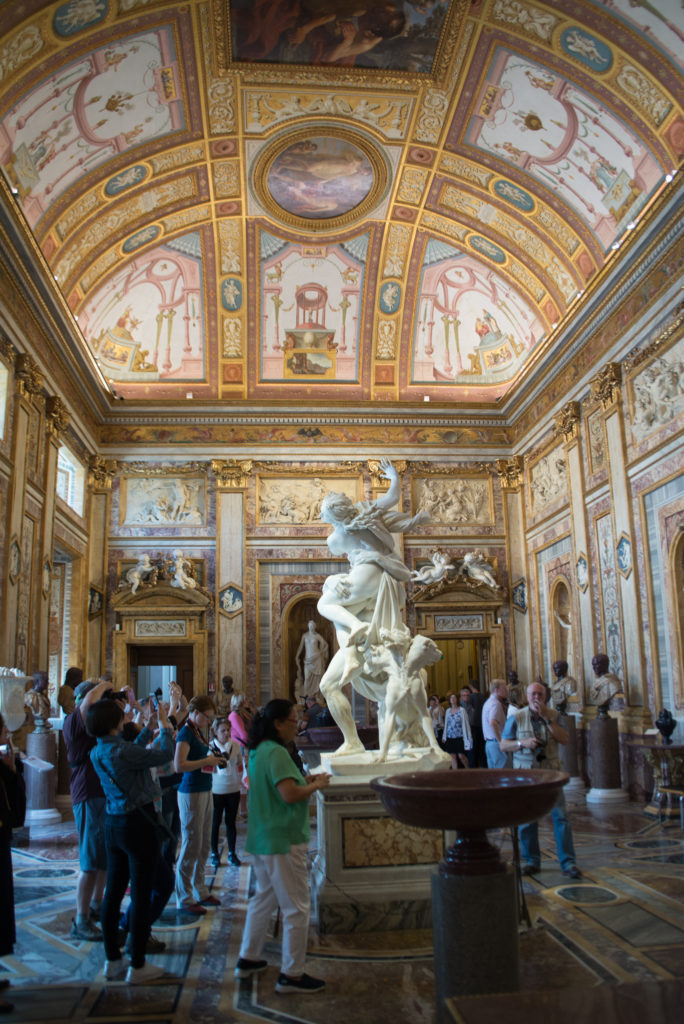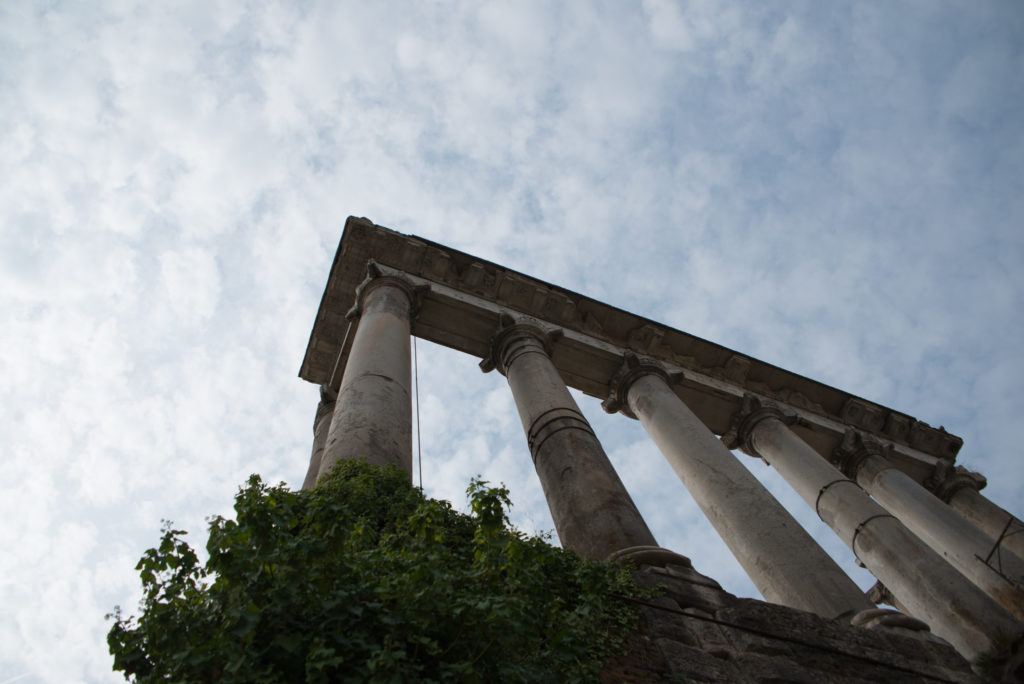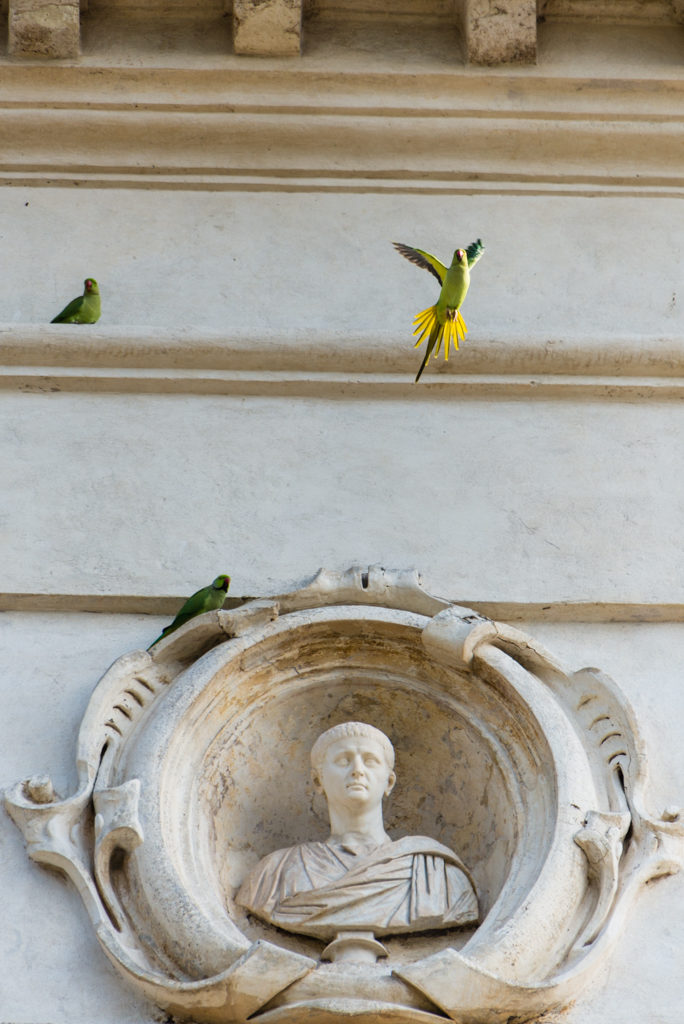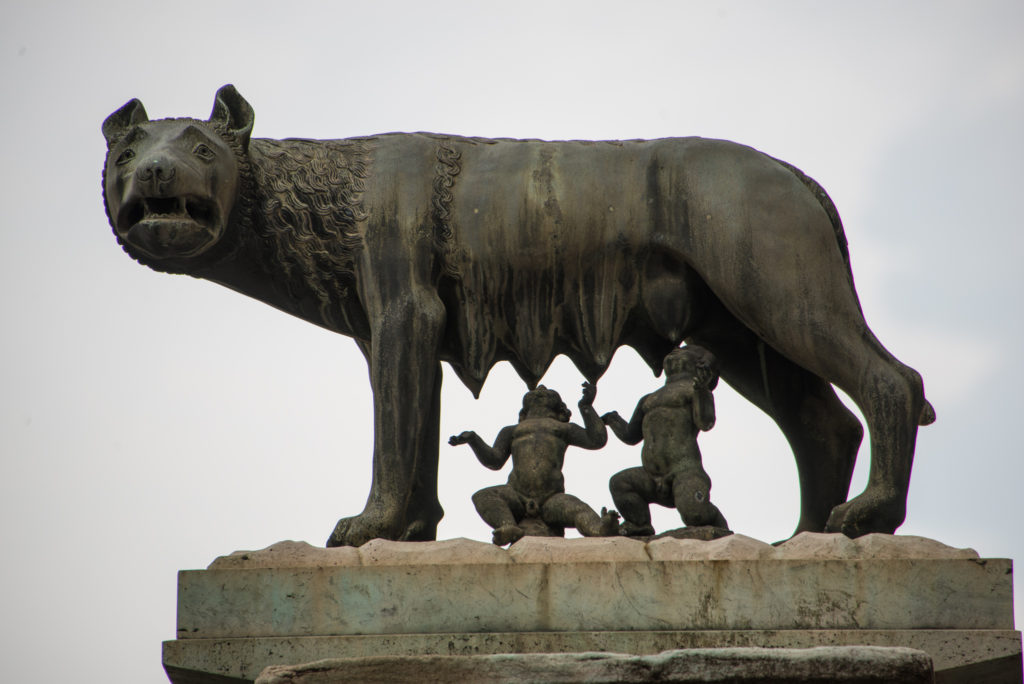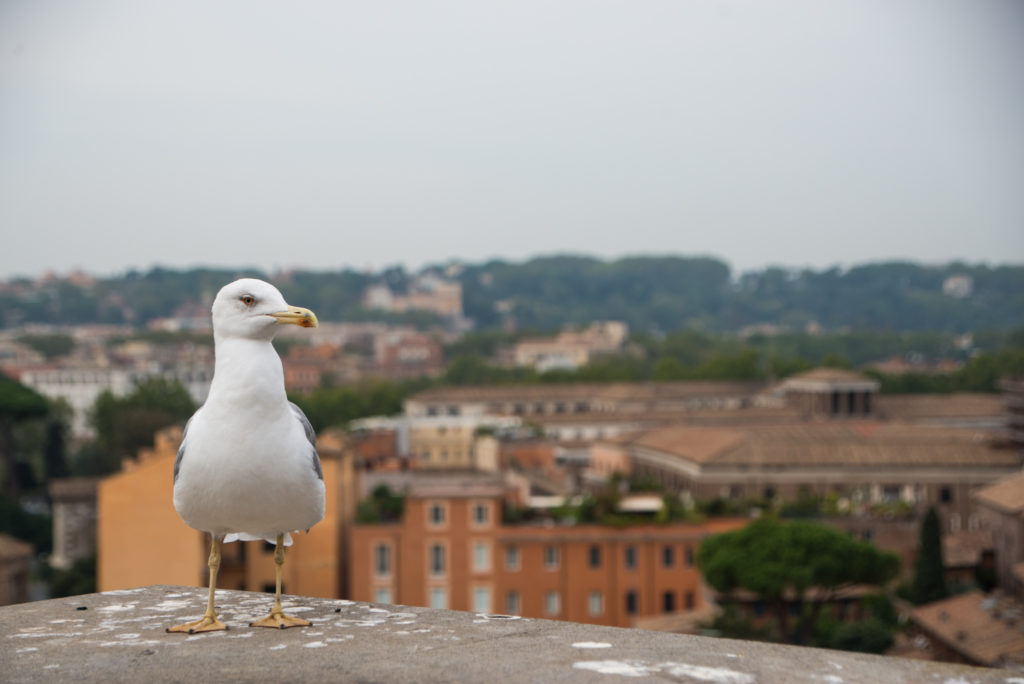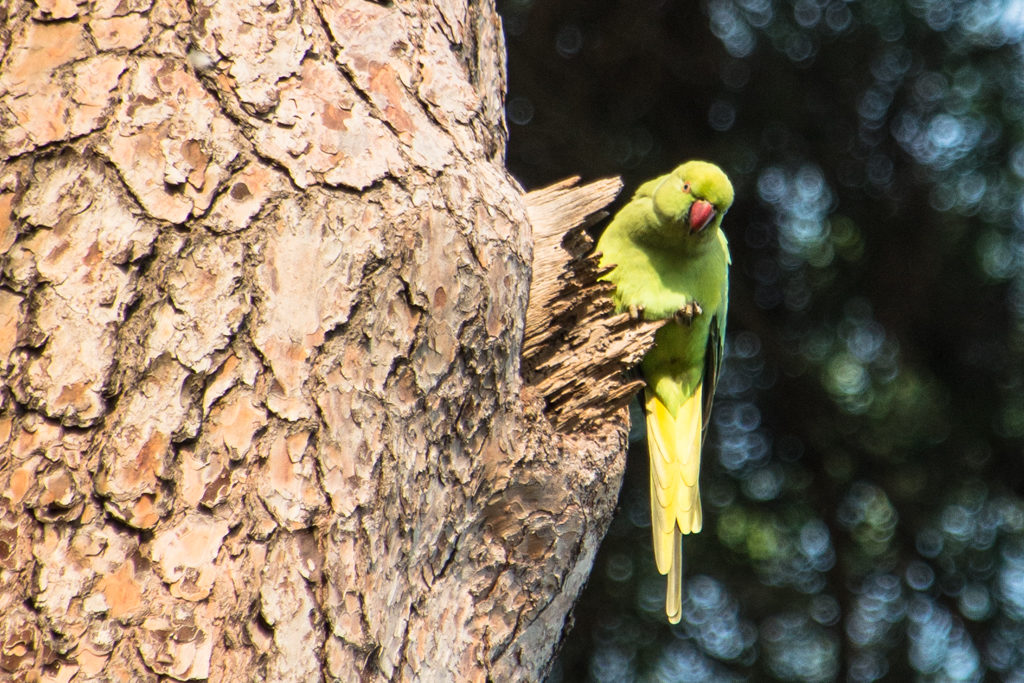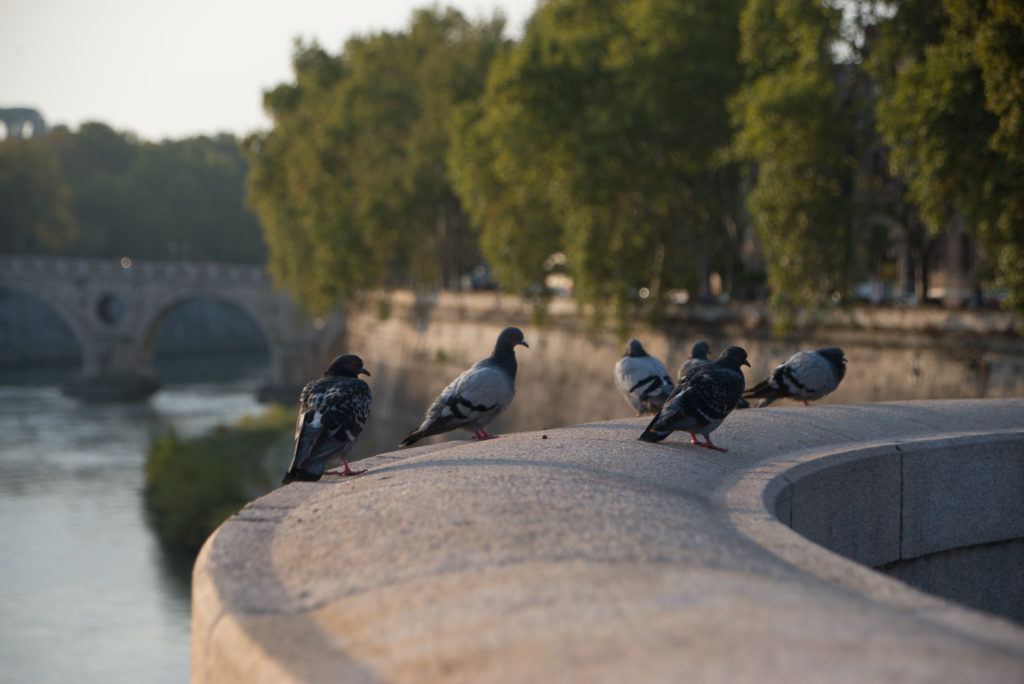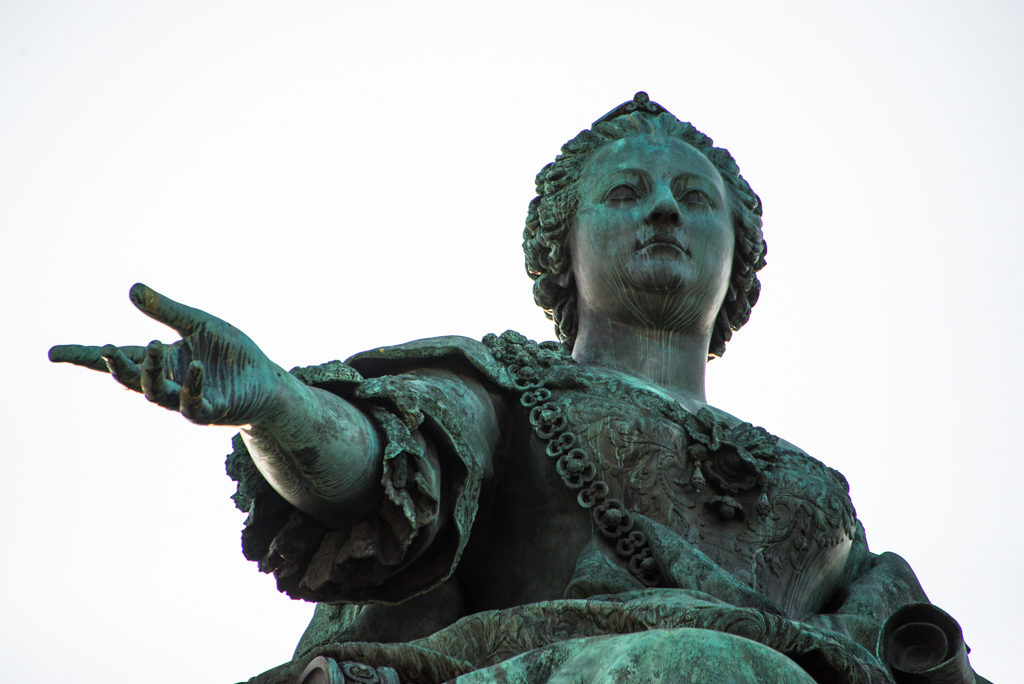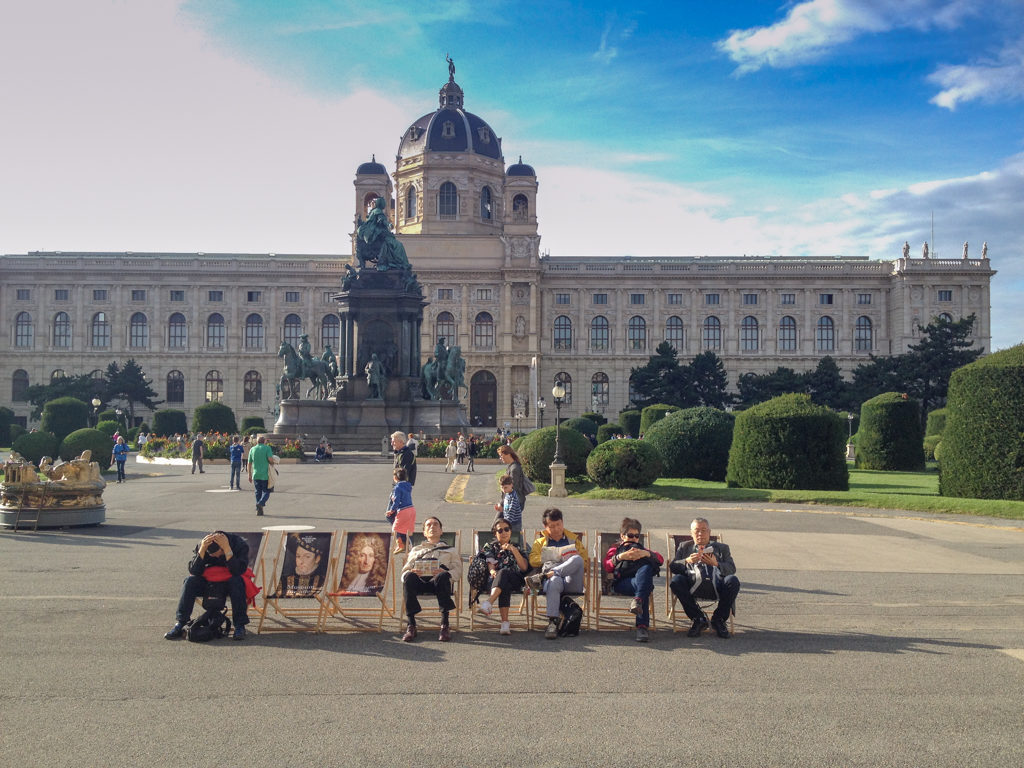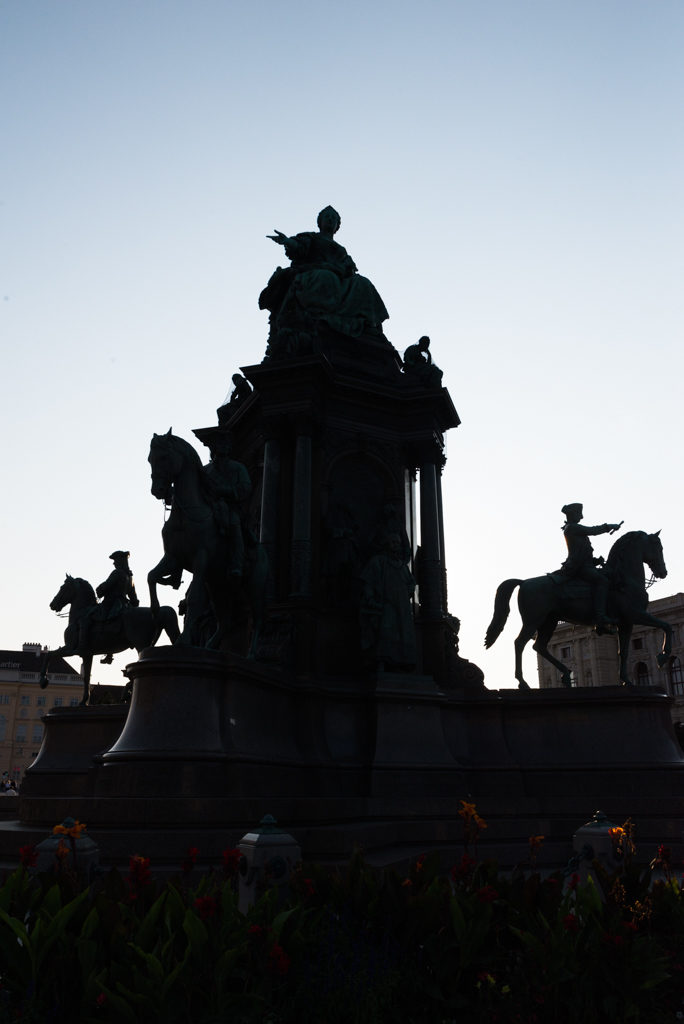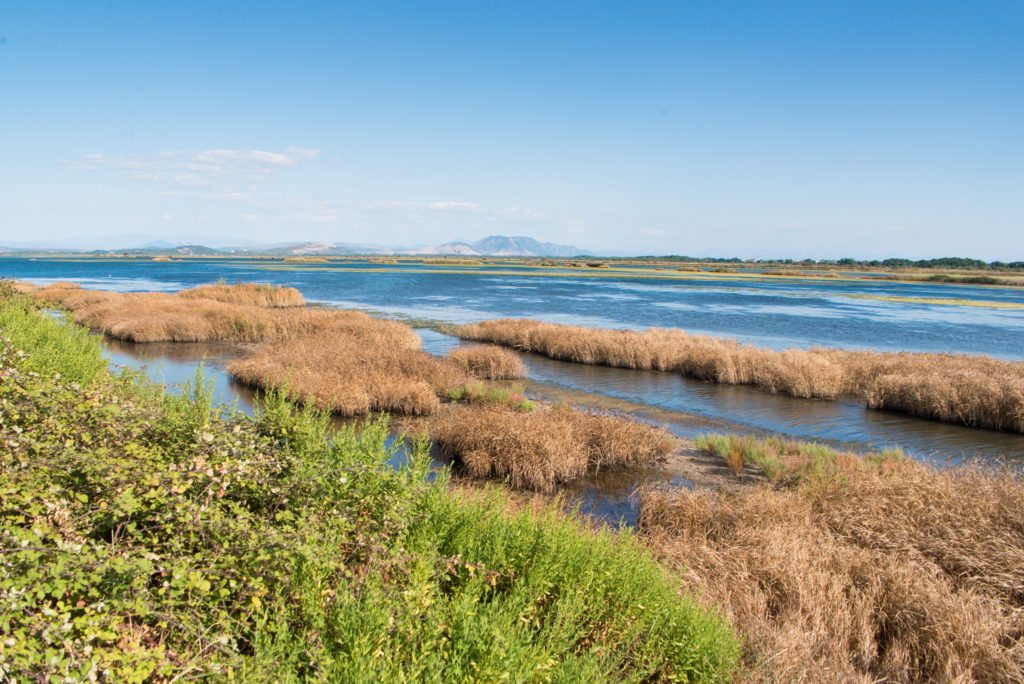
When by September the last tourists have left and the little Adriatic republic of Montenegro has fallen into peaceful slumber again, another kind of yearly visitor arrives. Thousands of migrating birds on their way to the African sun stop-over at the country’s lakes and rocky shores, but most importantly at the Ulcinj Saltpans, a lagoon at Montenegro’s Southern tip, bordering Albania.

Salt pans are an ideal nesting and resting spot for birds. They offer a unique salty fauna, plus amphibians and reptiles, to their avian guests: a win-win situation for local economy and ecology; or, in other words: the ideal cohabitation of humans and birds. For without the pumps and machines, not enough salt water would reach the lagoon and therefore the bird habitat.
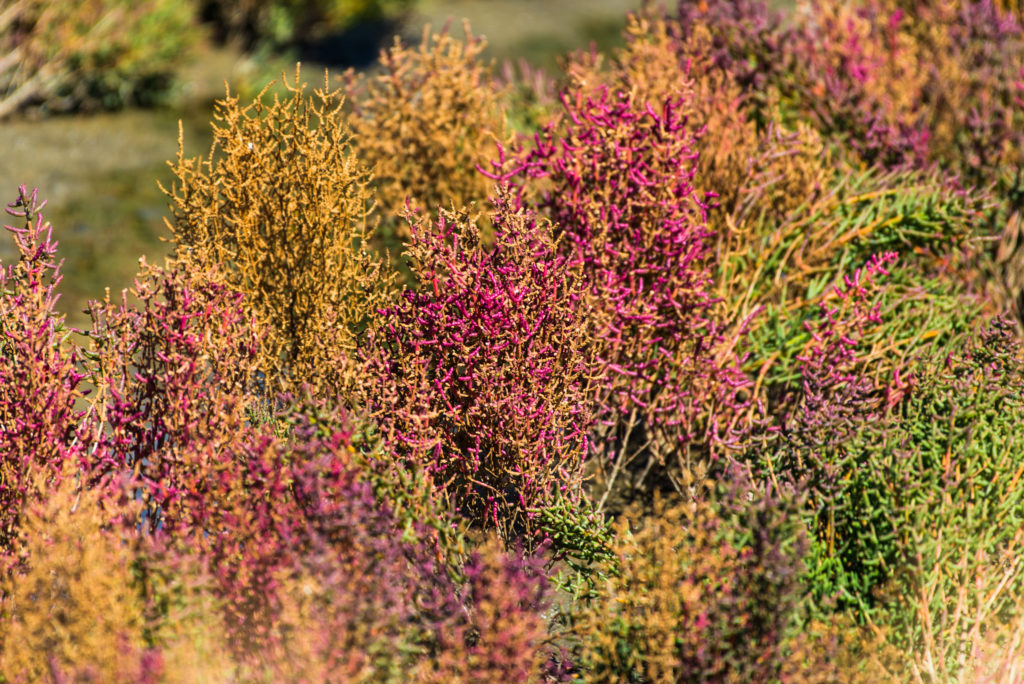
The Ulcinj salt pans, created in 1934 for salt production, have since attracted millions of birds. Today, however the pumps stand still. The dried pans are left in dire need to be flooded with sea water, but the machines and salt-factories dilapidated and forgotten, a but a surreal setting for the flamingos, the Dalmatian Pelicans, spoonbills and many other waders – whose future is as uncertain as that of the salt factory.
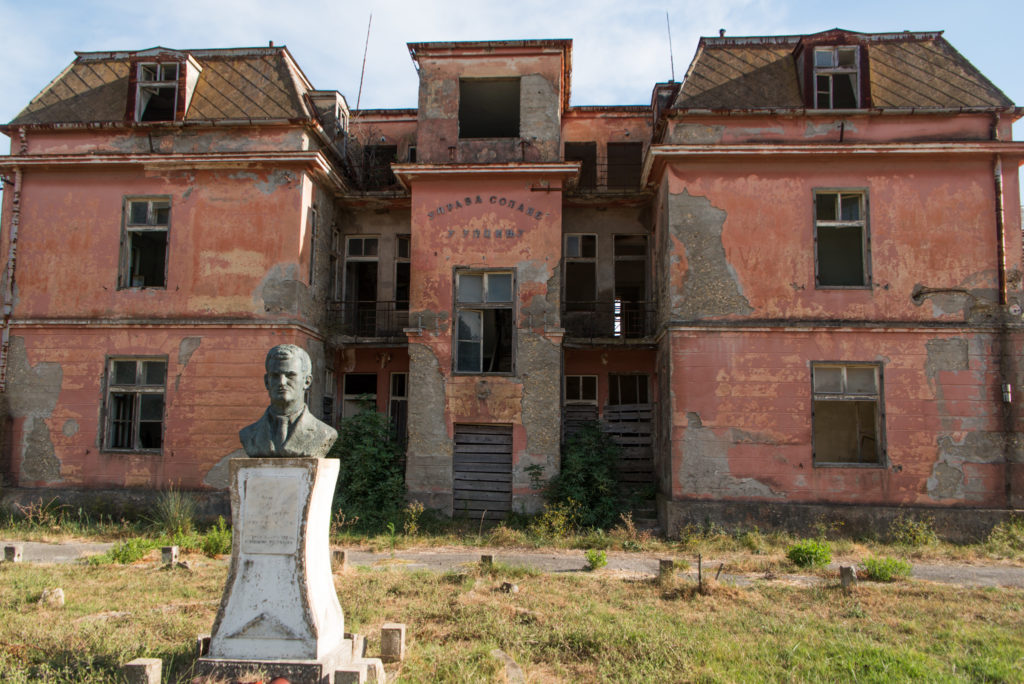
Problems began when the salt pans were sold to a private company with the permission to turn the land into a hotel and golf resort. However, following protests by wildlife NGOs, the young state of Montenegro declared the saltpans an environmentally protected area in 2012, thereby thwarting any hotel plans. As a result, the private owner declared bankruptcy in 2013, stopped salt production, and sued the young Republic of Montenegro for breach of contract. A coincidence or probably not, the saltpans have also fallen prey to various acts of vandalism, pumps and flamingo nests were destroyed, water ways clogged.
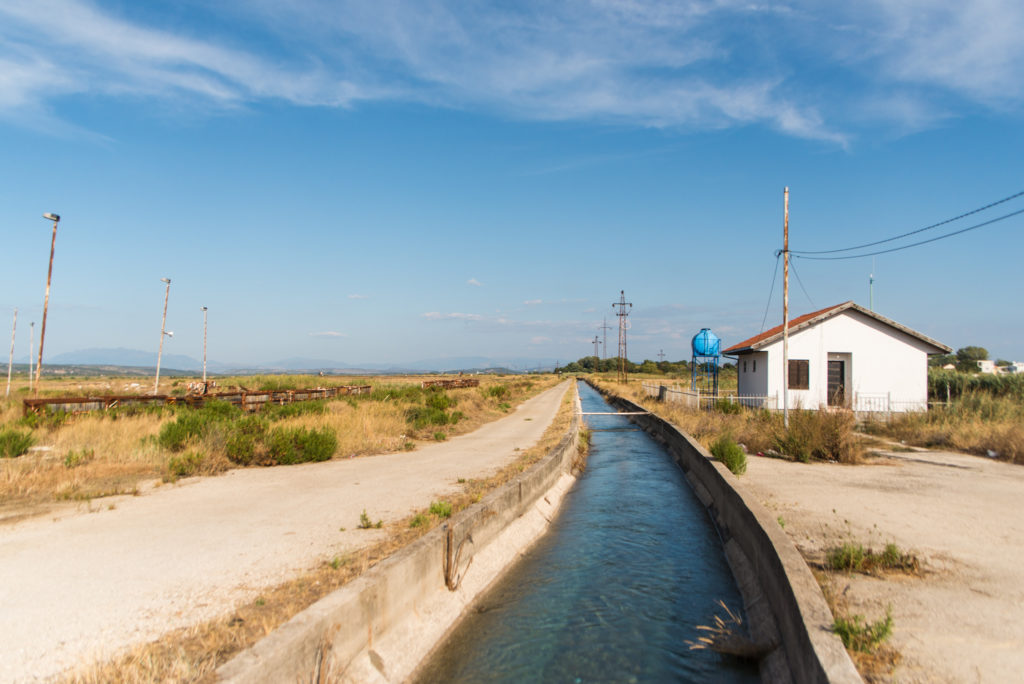
While the situation still seems unclear today, as bankruptcy proceedings are apparently not settled, the saltpans have been turned into an open-air museum for birding tourists in 2014 – with three hides and educational signs at the path surrounding the pan. Not unlike the factories, though, the signs stand forgotten and bleached by the Mediterranean sun.
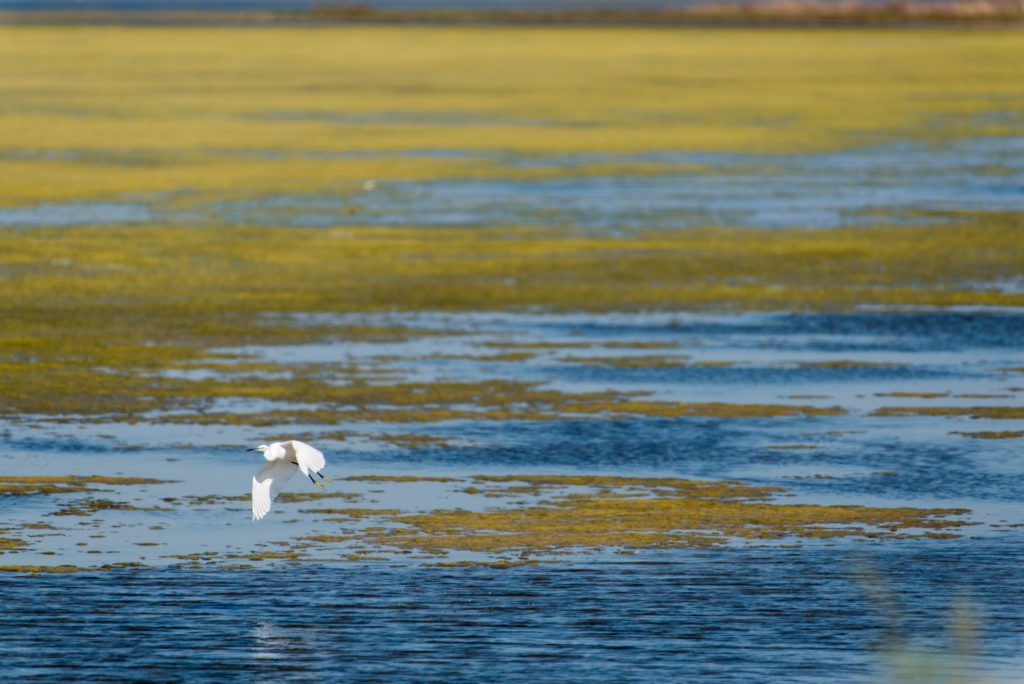
But there is hope. Nature and birds are resilient, and despite their run down state, the pans dazzle the visitor’s eyes with a sparkling display of colors and birds. Within the past years, awareness among the locals has risen, and with the support of various NGOs, efforts have taken place to reinstall salt production.
The price of salt doesn’t seem so high in Montenegro. For salt comes with the birds, which makes it all the more worth it.
